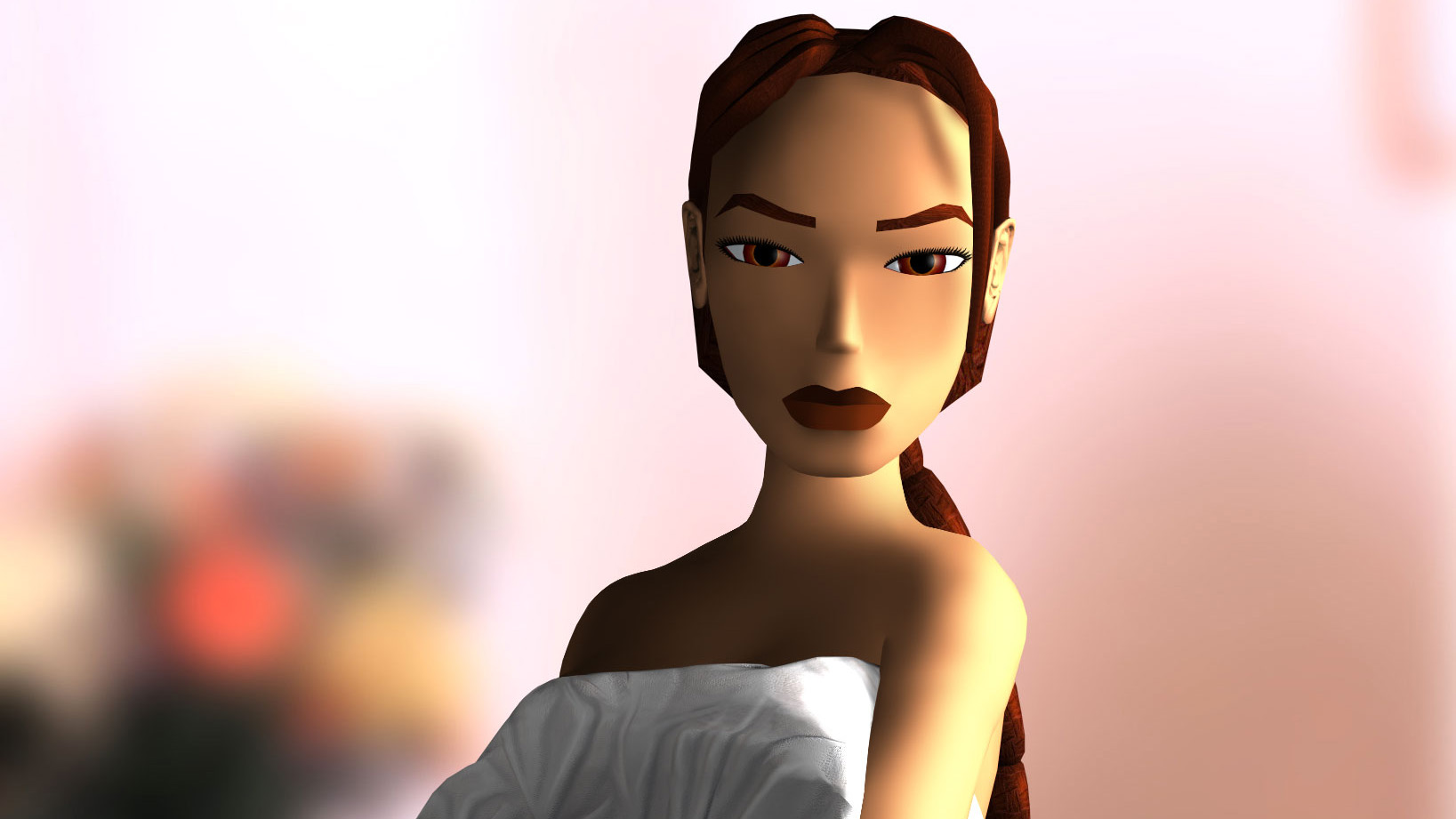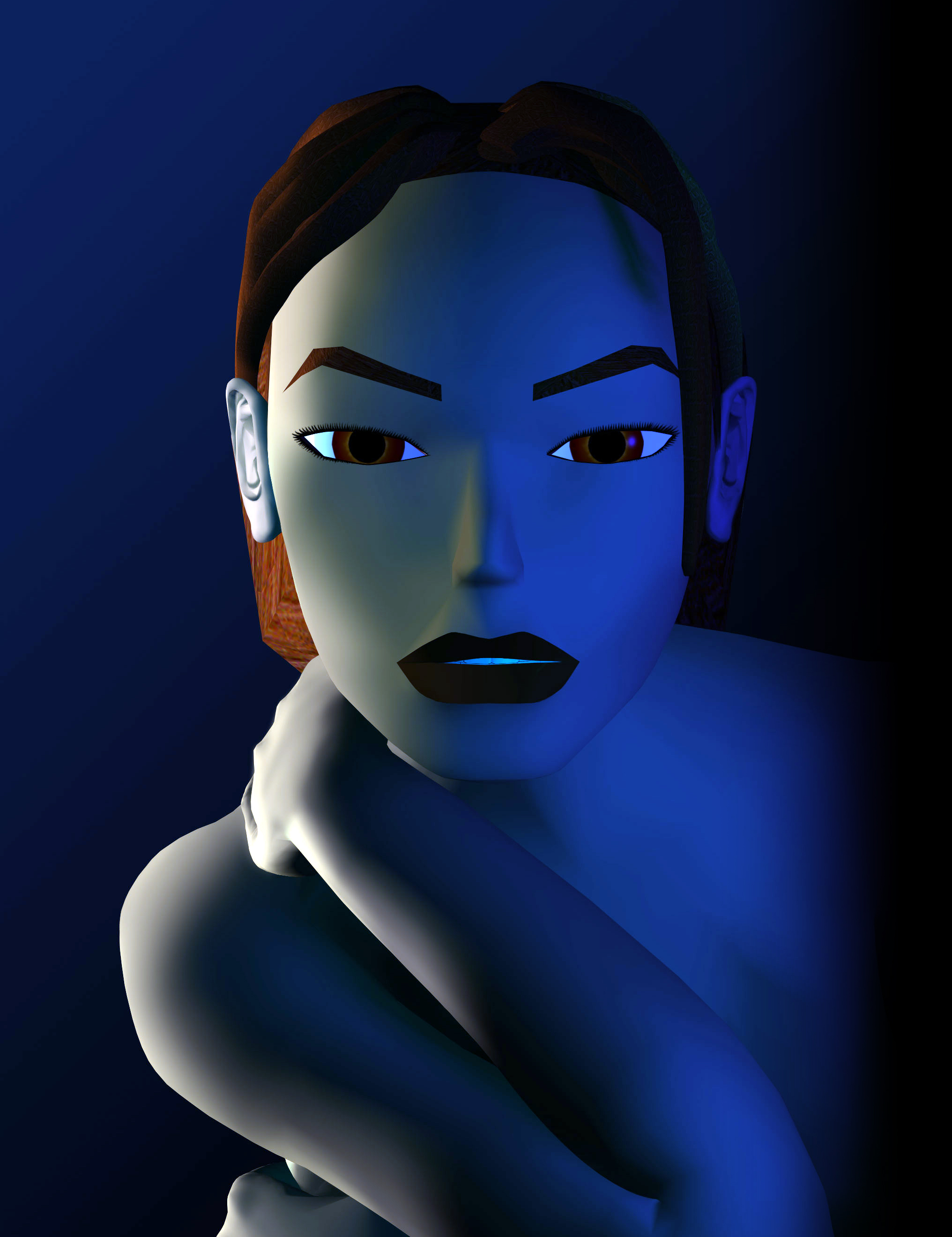
As a professor who studies the politics of games, I'm fascinated by the late '90s. This period of massive technological innovation was also the crucible in which modern gaming culture was forged. When researching the era I sometimes encounter such an odd piece of gaming ephemera that I can't resist tracking it down—like Lara Croft: The Art of Virtual Seduction, a book published by Prima Games in 2000. "Everyone knows how to make this tomb raider jump, shimmy, and swim," the ad suggested, "but do you know what makes her tick?"
I did not know what made Lara tick, so I rushed to eBay to purchase a tattered copy. What arrived at my doorstep a few days later is a fascinating window into gaming at the turn of the millennium.
It's difficult to overstate the impact Tomb Raider had in 1996. Riding the wave of early 3D gaming, Tomb Raider helped redefine the action-adventure platformer and spawned numerous copycats, none of which matched the appeal (or commercial success) of the original. Tomb Raider had something going for it that its imitators couldn't match: Lara Croft.
Today asking "Who is Lara Croft?" would sound almost as absurd as asking "Who is Mario?" Lara remains one of the most iconic characters in gaming history. But when Lara debuted, female protagonists were still quite rare—especially female action heroes. As a quippy gun-toting lead, Lara Croft occupied a space typically reserved for the Duke Nukems of the world. While the team at Core Design initially envisioned a male protagonist, the decision to change their hero into a heroine ended up dramatically shaping how publisher Eidos would market the series.
The mere existence of an officially licensed book titled Lara Croft: The Art of Virtual Seduction points to Lara's dual legacy as a groundbreaking female protagonist and a male gaze-ified sex symbol. A page-one editorial actually lists some of Lara's memorable physical traits, including her "imposingly voluptuous breasts." Later a feature explores what makes Lara so hot: "She is tall, has sensational breasts, a small waist, and a luscious rear end that she saucily flaunts when she crawls on all fours. There's only one problem: She is not real."
It is not a subtle book.

Elsewhere, the book refers to Lara's "clear appeal to primal masculine instincts" and describes her as "a virtual woman who always does what you want her to do." No one ever described Mario as a virtual plumber who always plumbs what you want him to plumb.
The Art of Virtual Seduction's main selling point was its collection of centerfold-inspired 3D renders of Lara, provocatively posed and often wearing little to no clothing. The cover features a topless Lara—(canonical measurements: 34D-24-35)—with her arms wrapped around her breasts. Later in the book, she appears topless in bed, topless on the beach, topless on the floor of a tastefully decorated living room, and floating in an inky black void (while topless). Thanks to strategically placed bedsheets, beach towels, etc. the images avoid actual nudity, but a pretty obvious theme begins to emerge.
Lara Croft's unreal design garnered significant attention from Eidos, the press, and millions of teenagers (one hopes). Print ads for Tomb Raider 3 showcased a particularly cleavage-forward image of Lara with the text, "We improved everything you asked for, but sorry, still no nude code."
Lara's appeal

Lara Croft's gender was part of the Tomb Raider marketing formula from the beginning. "Maybe the reason you've never been man enough is you've always been a man," posits an early print ad. Another asks, "You know how it really hurts to get kicked right between the legs? Wuss."
While skewering the masculinity of their target demographic was perhaps a risky strategy, it clearly paid off. The first Tomb Raider sold nearly eight million copies worldwide, with Eidos' market research indicating that approximately 25% of those players were women and girls.
What is the secret of Lara's appeal? The Art of Virtual Seduction brings in an expert, psychologist Oscar Holzberg, to offer some questionable Freudian insights. "Men have become unsure of what is politically correct to say and how to act. Many real women have become too powerful for them; men are afraid of them and flee into virtual worlds," he says. "The child in a man can realize his masculinity with a completely harmless yet concentrated femininity. And when he does not want his virtual playmate anymore, he can simply ignore her, without any feelings of guilt."




While Holzberg argues that male gamers are perhaps afraid of actual women, it's notable that The Art of Virtual Seduction also features photoshoots with models hired to portray Lara at conventions and other events. Several gaming magazines ran "Win a Date with Lara" contests, offering desperate readers a chance to meet these models in person. In its contest rules, PC Accelerator noted (with a wink and a nod) that winners were not entitled to "any sort of touching or carousing with Lara Croft."
Paradoxically presented as both an empowered female lead and a sex object, Lara graced the cover of mainstream magazines like Time and Newsweek, appeared in comic books and television commercials, and modeled for high-end fashion designers like Gucci and Alexander McQueen. She even made nightly on-screen appearances on U2's 1997 PopMart tour, where, The Art of Seduction reports, "she posed in full, virtual beauty, then climbed onto her Harley and raced off, only to suddenly reappear. This time, she had a rifle in hand and aimed at singer Bono."
Following reboots in 2006 and 2013, Lara's sex appeal is no longer the focal point of Tomb Raider or how it's marketed. But bizarre relics like The Art of Virtual Seduction serve as mementos of gaming fraught encounters with gender and sexuality in the 1990s and 2000s and how they continue to shape gaming culture today. And now I'm stuck with an unwanted reminder of my own—anyone know how to make eBay stop sending me alerts about a Tomb Raider strategy guide that came packaged with a paper Lara dress-up doll?







